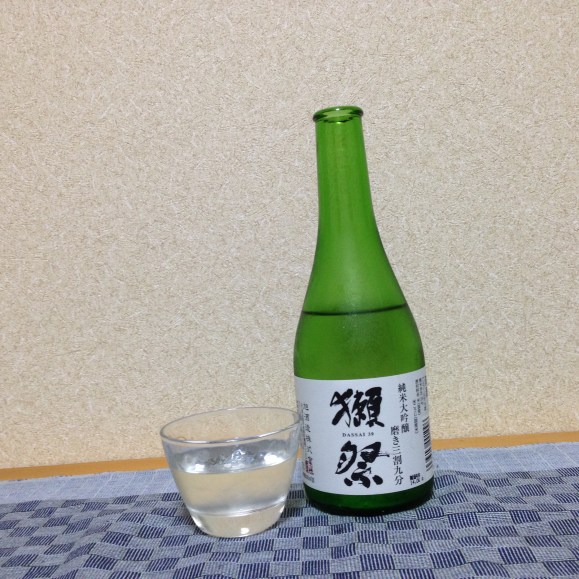
We’re not shattering any illusions when we point out that the hit anime Evangelion is a work of fiction, right? Japan hasn’t built a new capital in the mountains of Kanagawa Prefecture, aliens aren’t attacking the country, and as far as we know, no one’s turned into a puddle of Tang because they couldn’t find a way to deal with their loneliness.
But there is one thing you’ll see in Evangelion that’s 100 percent true to life. The brand of sake hard-drinking character Misato regularly enjoys, Dassai, actually exists, and we recently tried a bottle. Not only that, since one of the many themes Eva deals with is confronting your fears, we decided to pair it with a snack that just might kill us.
The town of Iwakuni, in Yamaguchi Prefecture, has a couple of claims to fame. Aside from being the birthplace of legendary swordsman Sasaki Kojiro, it’s also where you’ll find the picturesque five-arched Kintai Bridge, Iwakuni Castle, and the American Marine Corps Air Station Iwakuni.
The town is also home to Asahi Shuzo, the sake brewer that produces Dassai. Written with the kanji for “otter” and “festival,” Dassai was also the pen name of the 19th century haiku poet Masaoka Shiki. Just as Masaoka was always seeking new ways of conveying emotion through his poetry, so too are Dassai’s brewers constantly trying to improve their craft.
Up until a few years ago, though, Dassai had a relatively low profile in the sake scene. Apparently the Evangelion staff were early fans, though, as they started sneaking it into the anime’s backgrounds in 1995.
Recently, though, Dassai has seen its popularity skyrocket, becoming the top-seller on online regional sake store Jizake.com. In our search for the brew, we talked with the liquor sales staff of several large department stores in Tokyo, who told us their shipments regularly sell out the same day they come in, and recommended would-be buyers show up before their stores actually open if they’re keen to get their hands on some Dassai.
Thankfully, there are two lesser-known places where you have a solid chance to score a bottle. One is at the Dassai Bar 23 next to the Kyobashi subway station in central Tokyo. Dassai is sold by the glass in the dining area, which also serves light Japanese fare, as well as by the bottle in the small attached Dassai Store.
Alternatively, you can try your luck at Oidemase Yamaguchi-kan, a shop near Nihombashi Station that stocks all sorts of products from Yamaguchi Prefecture.
Aside from handicrafts such as Hagiyaki pottery and Yanai goldfish lanterns, Oidemase Yamaguchi-kan carries a lineup of sake from Yamaguchi, and on the day we stopped by they’d just received a shipment of Dassai. Asahi Shuzo makes a few different types of the sake, including carbonated and milky nigorizake versions. While their premium offerings can easily cost more than 20,000 yen for a bottle, we instead chose a reasonably priced 300-mililiter bottle of Dassai 39, which only cost us 1,080 yen (US$10.60), after tax.
Once home, it was time to sample our sake. Asahi Shuzo’s website states that the brewer makes sake not for getting dunk on, but for enjoying the flavor of. As such, it was only appropriate we use a proper sake cup, as its small size would help us slowly sip and savor our drink.
▼ Our proper sake cup, which we bought at the local 100-yen store.
▼ We suppose we could have picked up a nice Hagiyaki cup at the Yamaguchi shop, but we instead chose to blow our extra cash on one of these cute little blowfish bells.
Opening up a bottle of sake is pretty easy and doesn’t require any special tools. Simply use your fingers to peel off the foil, and then pull out or unscrew the top.
The top used for Dassai 39’s bottle is also replaceable, so if you don’t finish it in a single sitting, you can lock in the flavor for another day or two before it starts to deteriorate.
Dassai 39 is clear and non-carbonated, so once you’ve poured it, it’s visually indistinguishable from water. Your nose will tell you a different story, though, as there’s a noticeable alcoholic aroma to it, laced with grapefruit and sharp Muscat notes.
Flavor-wise, this is about as mellow of a sake as you’re likely to find. The current trend among low-volume brewers is sake that’s extremely dry, almost bordering on harsh. But while Dassai has a crisp finish, it also stimulates the tip of the tongue with a definite sweetness, followed by a moment of acidity which quickly fades. With a fairly commanding mouthfeel, this is unmistakably sake, but could also pretty easily appeal to fans of white wine.
Speaking of wine, sake, like its grape-based cousin, tastes best when paired with food. We mentioned above we picked up a ceramic blowfish at Oidemase Yamaguchi-kan, and the reason the shop sells them is because Shimonoseki, another town in Yamaguchi, is famous for its fuku, also known as fugu…also known as the infamous poisonous blowfish that can kill you.
And guess what? Oidemase Yamaguchi-kan also sells fuku, in cans no less. Figuring it’d be the perfect complement to our sake from the same prefecture, we grabbed a 540-yen tin.
▼ At that price, we figured that even if we did die from the stuff, there’d at least be plenty of cash left in our bank account for a pretty awesome funeral.
Inside the cans are chunks of blowfish, floating in a pretty large volume of oil.
▼ Our last meal?
Well, no point waiting any longer. Let’s pour ourselves one more cup, and then do this thing.
▼ Okay, deep breath…
▼ No turning back now
▼ This doesn’t taste like poison…I think.
▼ I hope!
▼ Hey, this isn’t half bad!
Our canned fuku went two for two in the critical categories of “flavor” and “not resulting in painful death.” Despite its scary image, blowfish is surprisingly mild, with a firm texture similar to swordfish and a flavor somewhere between that and tuna.
You may have noticed there’s a pretty large bone running through most of the fuku pieces. It’s actually soft and totally edible.
The canned blowfish has just a touch of saltiness to it, which made for a great combination with the Dassai we sipped between bites.
For about 15 bucks, this is honestly about as much culture, anime appeal, and thrilling danger as you can expect to put on your dining room table.
Shop/restaurant information
Oidemase Yamaguchi-kan / おいでませ山口館
Address: Tokyo-to, Chuo-ku, Nihombashi 2-3-4, Nihombashi Plaza Building 1st floor
東京都中央区日本橋2-3-4日本橋プラザビル1階
Website
Dassai Bar 23
Address: Tokyo-to, Chuo-ku, Kyobashi 3-1, Tokyo Square Garden basement level 1
東京都中央区京橋3-1東京スクエアガーデン B1
Website
Related: Dassai website
Top image: RocketNews24
Insert images: Yahoo! Japan, RocketNews24

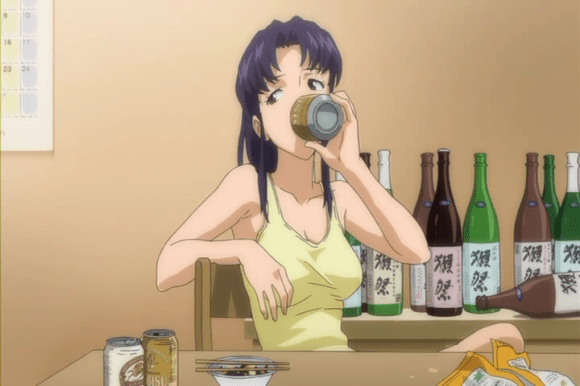

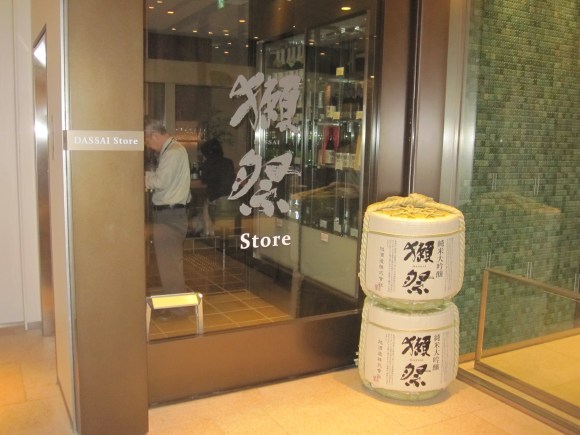
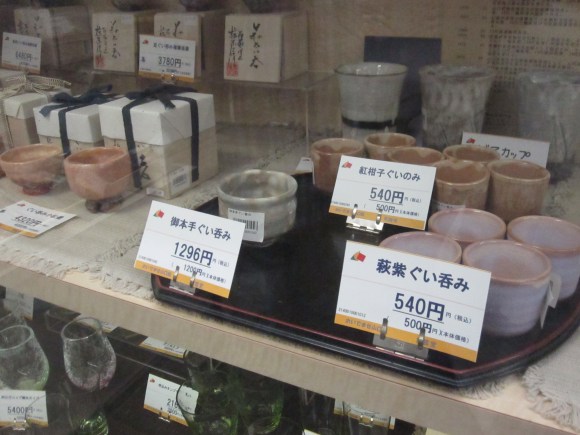
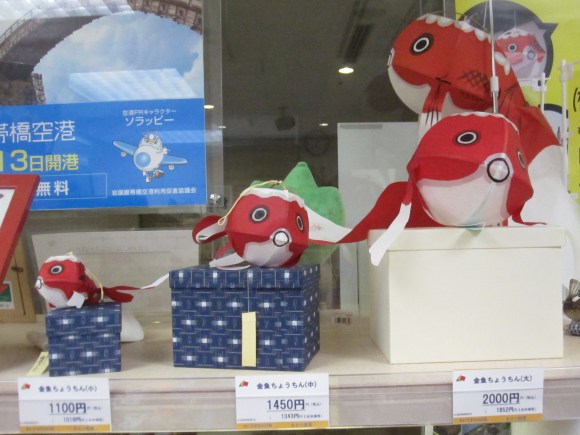

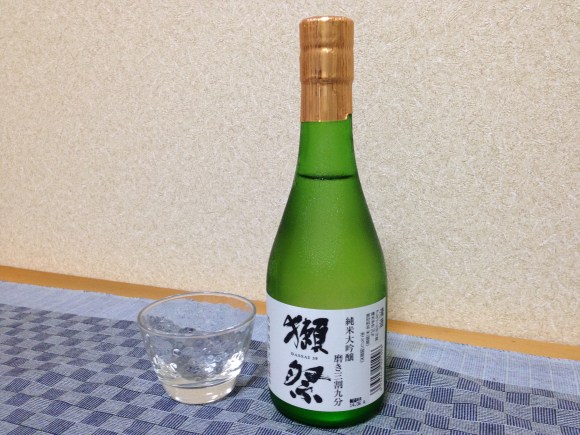
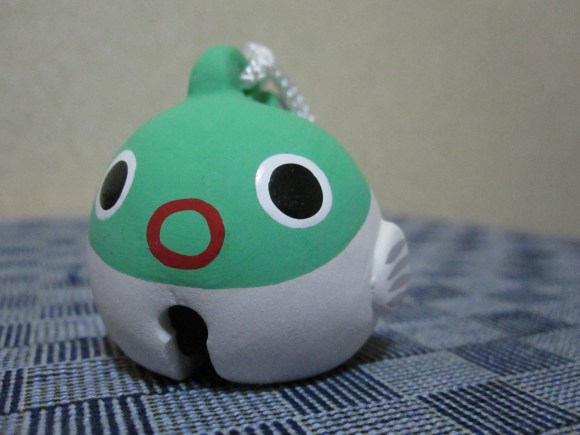
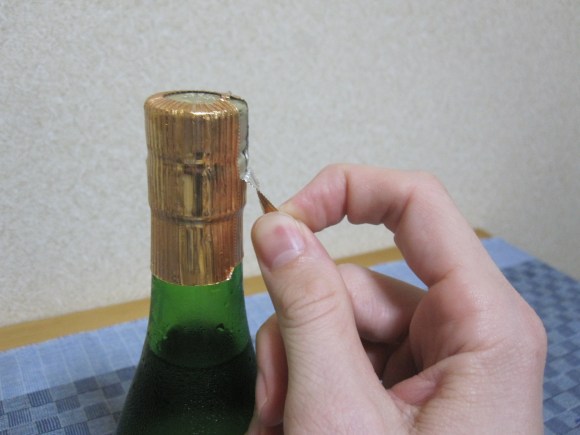
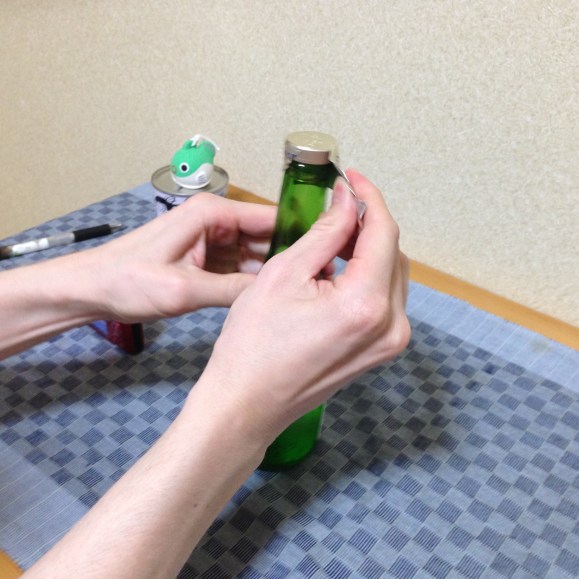

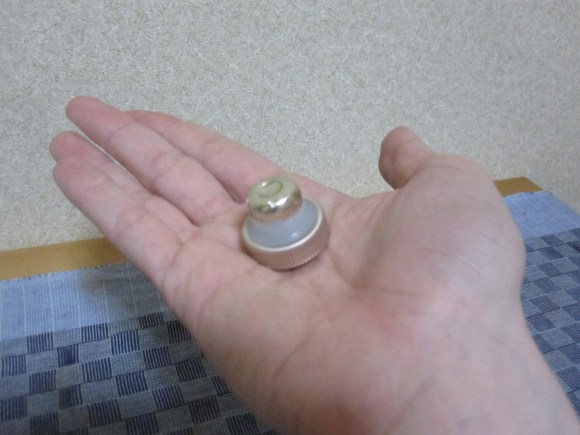
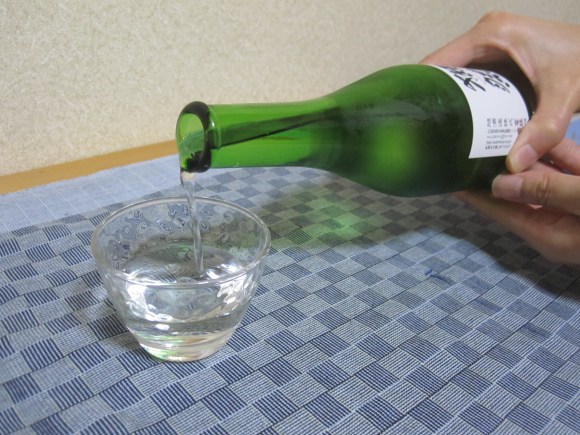
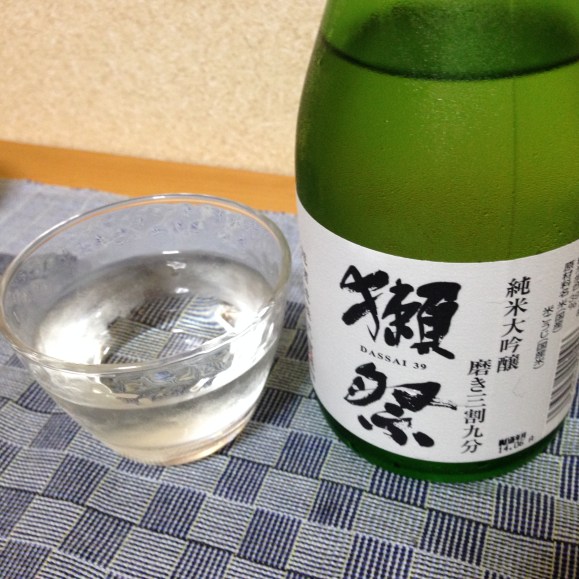
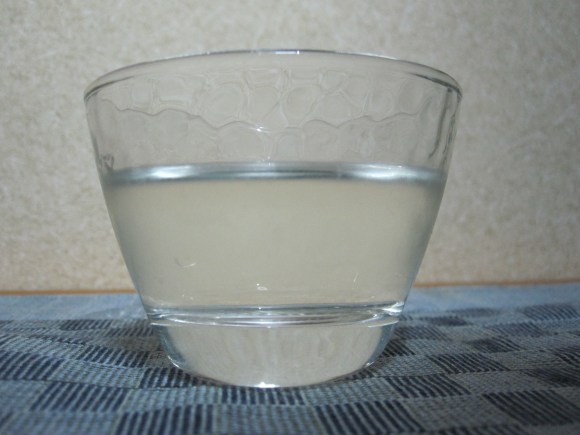

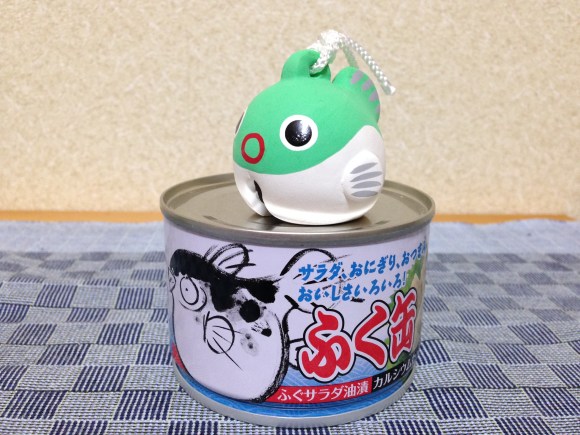
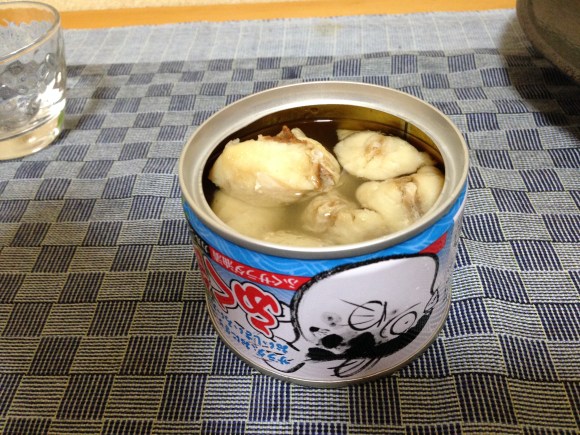

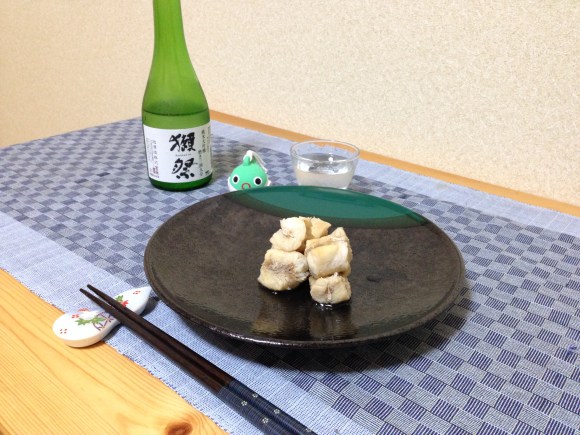
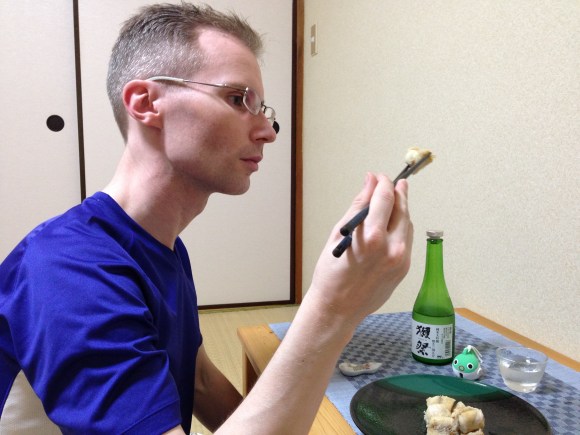
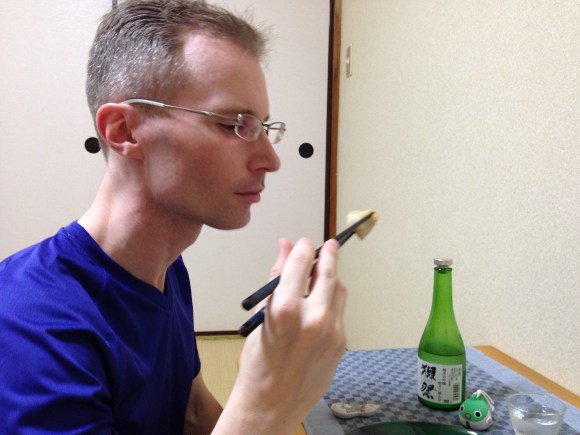
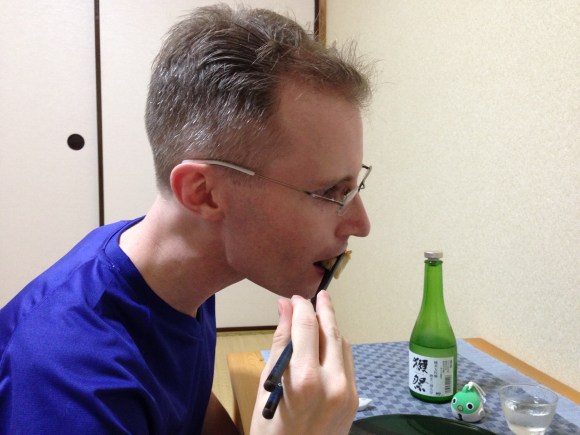
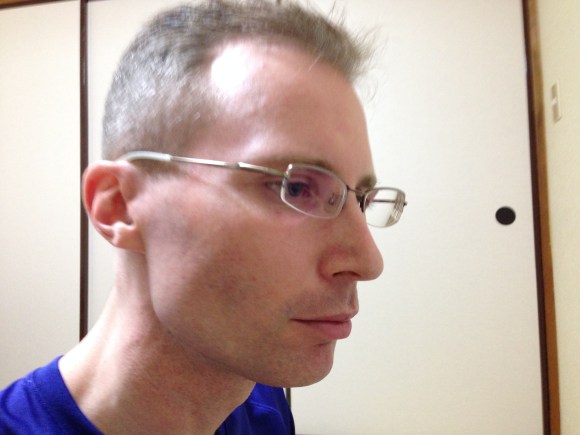

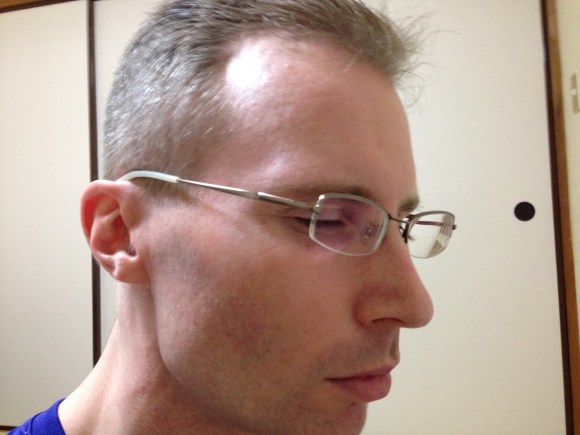

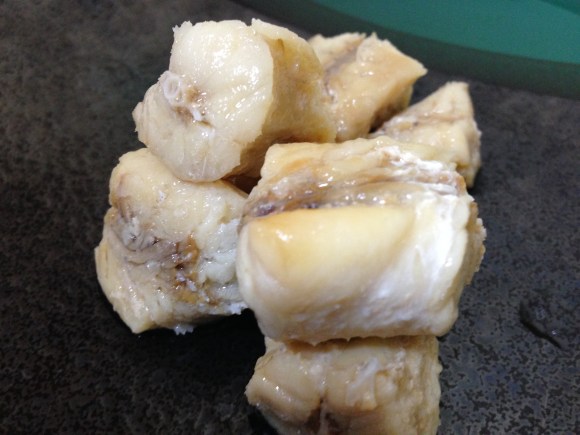
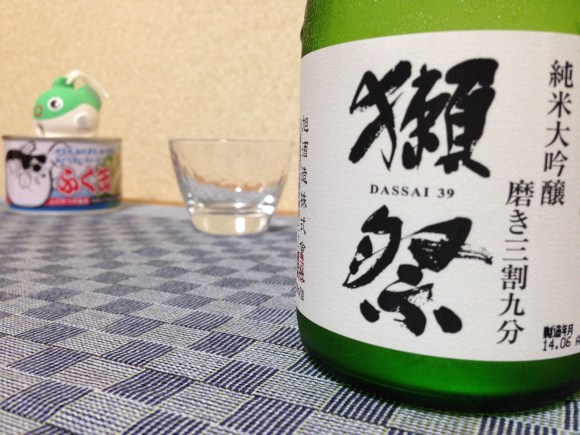
 Sake bread and cakes, using one of Japan’s best brews, can only be bought at one Tokyo bakery
Sake bread and cakes, using one of Japan’s best brews, can only be bought at one Tokyo bakery Japan’s most popular sake brand runs full-page ad asking people to stop paying so much for it
Japan’s most popular sake brand runs full-page ad asking people to stop paying so much for it Real-life sake brands become handsome anime boys who promise to “get you drunk” for new series
Real-life sake brands become handsome anime boys who promise to “get you drunk” for new series You can now visit Evangelion’s Misato’s apartment dining room in real-life Tokyo
You can now visit Evangelion’s Misato’s apartment dining room in real-life Tokyo Japan’s Mos Burger Dassai sake milkshake is here, but is it any good?【Taste test】
Japan’s Mos Burger Dassai sake milkshake is here, but is it any good?【Taste test】 Japanese group to hold fashion show of colostomy bags and other stoma equipment in Paris
Japanese group to hold fashion show of colostomy bags and other stoma equipment in Paris We found possibly the quietest Japanese-style hotel in Tokyo’s bustling Shinjuku district
We found possibly the quietest Japanese-style hotel in Tokyo’s bustling Shinjuku district 7 great places to see Mt. Fuji from without having to climb it
7 great places to see Mt. Fuji from without having to climb it Survey finds more than 70 percent of Japanese children have an online friend
Survey finds more than 70 percent of Japanese children have an online friend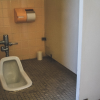 Squat toilets’ popularity fading as parents call for them to be abolished in Japanese schools
Squat toilets’ popularity fading as parents call for them to be abolished in Japanese schools Black telephone like me: What if a handsome guy tries modern politics’ most famous harido?
Black telephone like me: What if a handsome guy tries modern politics’ most famous harido? Japanese thug wear from Birth Japan perfect for those breaking bad next year
Japanese thug wear from Birth Japan perfect for those breaking bad next year Nepalese-run Tokyo hair salon gave us the number-one hairstyle for handsome Nepalese men【Pics】
Nepalese-run Tokyo hair salon gave us the number-one hairstyle for handsome Nepalese men【Pics】 Tourists in Kyoto cause chaos at railway crossing near Fushimi Inari Taisha
Tourists in Kyoto cause chaos at railway crossing near Fushimi Inari Taisha How much difference does the choice of mold make in fermenting food?
How much difference does the choice of mold make in fermenting food? Starbucks Japan ready to get Year of the Horse started with adorable drinkware and plushies【Pics】
Starbucks Japan ready to get Year of the Horse started with adorable drinkware and plushies【Pics】 Lacquerware supplier to emperor of Japan and Pokémon team up for new tableware
Lacquerware supplier to emperor of Japan and Pokémon team up for new tableware Japan may add Japanese language proficiency, lifestyle classes to permanent foreign resident requirements
Japan may add Japanese language proficiency, lifestyle classes to permanent foreign resident requirements 7-Eleven Japan’s ramen-cooking robot whipped us up a bowl of noodles【Taste test】
7-Eleven Japan’s ramen-cooking robot whipped us up a bowl of noodles【Taste test】 Cyberpunk anime meets traditional culture in Ghost in the Shell gold leaf Japanese changing screens
Cyberpunk anime meets traditional culture in Ghost in the Shell gold leaf Japanese changing screens Disillusionment at Tsukiji’s tourist-target prices led us to a great ramen restaurant in Tokyo
Disillusionment at Tsukiji’s tourist-target prices led us to a great ramen restaurant in Tokyo Hello Kitty Choco Egg figures are an adorable trip through three periods of Japanese pop culture【Pics】
Hello Kitty Choco Egg figures are an adorable trip through three periods of Japanese pop culture【Pics】 Starbucks Japan releases new zodiac chilled cup drink for 2026
Starbucks Japan releases new zodiac chilled cup drink for 2026 Japan’s otoshidama tradition of giving kids money at New Year’s gets a social welfare upgrade
Japan’s otoshidama tradition of giving kids money at New Year’s gets a social welfare upgrade 7-Eleven Japan starts new temporary luggage storage service in over 300 branches
7-Eleven Japan starts new temporary luggage storage service in over 300 branches Starbucks teams up with 166-year-old Kyoto doll maker for Year of the Horse decorations【Photos】
Starbucks teams up with 166-year-old Kyoto doll maker for Year of the Horse decorations【Photos】 Tokyo considering law requiring more trash cans following litter increase in heavily touristed area
Tokyo considering law requiring more trash cans following litter increase in heavily touristed area Tokyo’s Tsukiji sushi neighborhood asks tour groups to stay away for the rest of the month
Tokyo’s Tsukiji sushi neighborhood asks tour groups to stay away for the rest of the month Nintendo’s Kirby now delivering orders at Kura Sushi restaurants, but not in Japan
Nintendo’s Kirby now delivering orders at Kura Sushi restaurants, but not in Japan Tokyo event lets you travel back in time, for free, to celebrate 100 years since Showa era start
Tokyo event lets you travel back in time, for free, to celebrate 100 years since Showa era start Sanrio theme park in Japan announces plans to expand into a Sanrio resort
Sanrio theme park in Japan announces plans to expand into a Sanrio resort Stamina-destroying “Paralysis Noodles” are Tokyo’s newest over-the-top ramen innovation
Stamina-destroying “Paralysis Noodles” are Tokyo’s newest over-the-top ramen innovation Survey asks foreign tourists what bothered them in Japan, more than half gave same answer
Survey asks foreign tourists what bothered them in Japan, more than half gave same answer Japan’s human washing machines will go on sale to general public, demos to be held in Tokyo
Japan’s human washing machines will go on sale to general public, demos to be held in Tokyo Japan’s deadliest food claims more victims, but why do people keep eating it for New Year’s?
Japan’s deadliest food claims more victims, but why do people keep eating it for New Year’s? We deeply regret going into this tunnel on our walk in the mountains of Japan
We deeply regret going into this tunnel on our walk in the mountains of Japan Studio Ghibli releases Kodama forest spirits from Princess Mononoke to light up your home
Studio Ghibli releases Kodama forest spirits from Princess Mononoke to light up your home Major Japanese hotel chain says reservations via overseas booking sites may not be valid
Major Japanese hotel chain says reservations via overseas booking sites may not be valid Put sesame oil in your coffee? Japanese maker says it’s the best way to start your day【Taste test】
Put sesame oil in your coffee? Japanese maker says it’s the best way to start your day【Taste test】 No more using real katana for tourism activities, Japan’s National Police Agency says
No more using real katana for tourism activities, Japan’s National Police Agency says Starbucks Japan reveals new sakura drinkware collection, inspired by evening cherry blossoms
Starbucks Japan reveals new sakura drinkware collection, inspired by evening cherry blossoms Updated cherry blossom forecast shows extra-long sakura season for Japan this year
Updated cherry blossom forecast shows extra-long sakura season for Japan this year Poisonous blowfish ramen restaurant in Tokyo is death-defyingly delicious【Taste test】
Poisonous blowfish ramen restaurant in Tokyo is death-defyingly delicious【Taste test】 You can now get fugu, Japan’s poisonous blowfish, for under a buck at revolving sushi restaurants
You can now get fugu, Japan’s poisonous blowfish, for under a buck at revolving sushi restaurants Brand-new premium sake Kit Kats are out in Japan, and they’re amazing【Taste test】
Brand-new premium sake Kit Kats are out in Japan, and they’re amazing【Taste test】 The best way to drink Japanese sake? From an edible squid bottle!
The best way to drink Japanese sake? From an edible squid bottle! Does adding sake to your instant ramen make it taste better? We try Japan’s latest food trend
Does adding sake to your instant ramen make it taste better? We try Japan’s latest food trend Century-old Hiroshima brewery in one of Japan’s three great sake-brewing spots offers tours in English
Century-old Hiroshima brewery in one of Japan’s three great sake-brewing spots offers tours in English Japan’s new Final Fantasy fried chicken looks crazy, tastes great【Taste test】
Japan’s new Final Fantasy fried chicken looks crazy, tastes great【Taste test】 Clear near beer is here! We taste test Japan’s new zero-alcohol, zero-color brew【Taste test】
Clear near beer is here! We taste test Japan’s new zero-alcohol, zero-color brew【Taste test】 Edible Evangelion Angel cores now on the menu at Coco’s Japan【Taste Test】
Edible Evangelion Angel cores now on the menu at Coco’s Japan【Taste Test】 Let’s eat some official Evangelion emergency rations!【Taste test】
Let’s eat some official Evangelion emergency rations!【Taste test】 Does Japan’s green tea white wine taste like tea, wine, or something else entirely?【Taste Test】
Does Japan’s green tea white wine taste like tea, wine, or something else entirely?【Taste Test】 Can Japan’s favorite cheap chocolate also be a good craft beer? Taste-testing Black Thunder Stout
Can Japan’s favorite cheap chocolate also be a good craft beer? Taste-testing Black Thunder Stout I can’t believe it’s not fish eggs? Taste-testing Japan’s imitation “almost ikura”【Photos】
I can’t believe it’s not fish eggs? Taste-testing Japan’s imitation “almost ikura”【Photos】 Taste-testing Japan’s three biggest convenience stores store-brand cup ramen【Taste test】
Taste-testing Japan’s three biggest convenience stores store-brand cup ramen【Taste test】 New canned cocktail designed to perfectly pair with Japanese food, created with AI【Taste test】
New canned cocktail designed to perfectly pair with Japanese food, created with AI【Taste test】
Leave a Reply